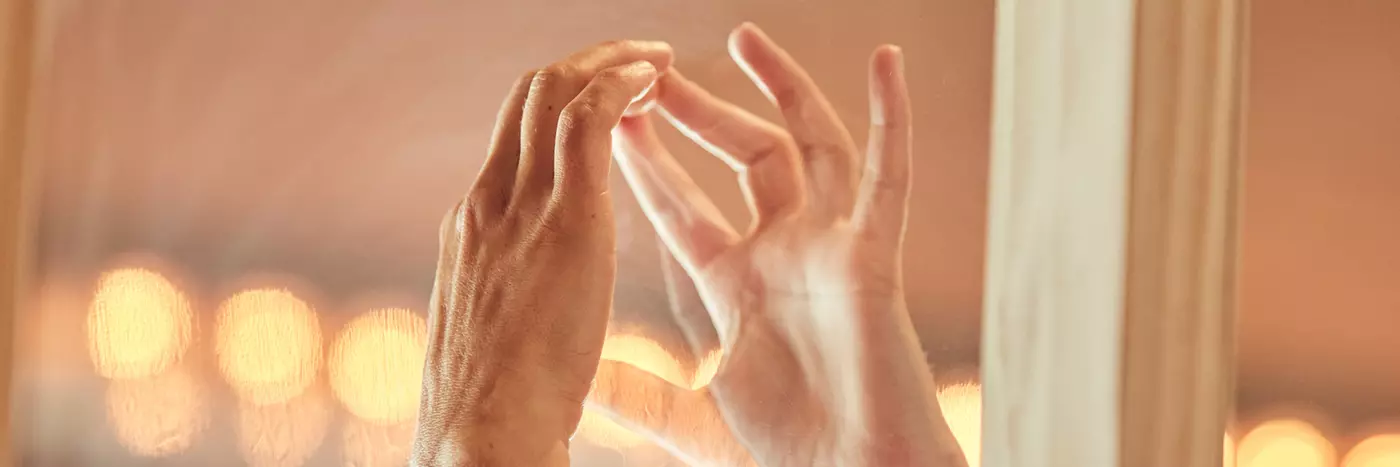Returning: Chapter One Online exhibition of video works by Australian and Japanese contemporary artists
Sydney – Monday 3 May, 2021. The Sydney Opera House today launched Returning, a serial digital exhibition that poetically explores the impacts of COVID-19. Available free on the Opera House’s newly-launched streaming platform, Stream, artists from Australia and Japan were commissioned to create moving image works that capture the turbulent emotions of the past year.
Co-presented with The Japan Foundation, Returning: Chapter One will showcase four Japanese and Australian artists: Yu Araki (JPN), Cherine Fahd (AUS), Caroline Garcia (AUS) and Koki Tanaka (JPN). Accompanying each artwork is a behind-the-scenes video interview that unravels each artist’s response, along with a selection of past works. Essays by Pedro de Almeida, Paul Kelaita, Jenson Leonard and Christina Li will respond to each work.
Sydney Opera House Contemporary Art Curator, Micheal Do, said, “As we navigate our re-entry into the public realm, we have emerged into a world increasingly drained of wonder and physical connection. After living our separate, secluded lives, we are not the same people we were a year ago. Though restrictions have relaxed and some normality has resumed, our present is still uncertain.
“While much of the imagery is drawn from the past twelve months, these works are more than mere artefacts of the pandemic. The artists have created enduring works that beat with a rhetorical urgency. Through poetic metaphors and expressive soundtracks, graveness and humour, focused videography and experimental moving image, the works demonstrate that art is not only a dream or a vision, but can contain a skeleton architecture for our lives.”
Returning: Chapter One
-
Yu Araki, Bivalvia: Act II (L) (2021), HD video, colour, sound, 21:04.
Continuing Araki’s interest in bivalves, the scientific name for the marine mollusc, Bivalvia: Act II (L) is an experimental film that features an intricate, singing lace oyster puppet as its centrepiece. Throughout a patchwork of intimate and comforting scenes, the oyster performs Italian composer Jacopo Peri’s opera L’Euridice which animates the Greek myth of Orpheus, a great musician, who journeys into the underworld to revive his wife Eurydice who has been fatally injured. Bivalvia: Act II consists of two companion pieces, Bivalvia: Act II (L) and Bivalvia: Act II (R), the latter which can be viewed on The Japan Foundation’s exhibition, 11 Stories on Distanced Relationships: Contemporary Art from Japan.
-
Cherine Fahd, Play Proximus (2021), HD video, 10:00.
An articulation of touch and intimacy, artist Cherine Fahd’s, Play Proximus documents the 50 public performances of Fahd’s participatory artwork, A Proxy for One Thousand Eyes performed as part of ANTIDOTE in the Sydney Opera House’s Utzon Room. Transforming these performances into 12 minutes of tender imagery, Play Proximus is a document of connection, embrace and yearning -- continuing the artist’s interest in portraiture, documentation and performance.
-
Caroline Garcia, Force of a .22 Calibre Bullet (2021), digital video, colour, sound, 7:55.
Filmed on a body camera, typically used by police forces, Caroline Garcia’s .22 Calibre Bullet is an experimental mediation of grief, violence and resistance. Taking inspiration from the mantis shrimp, which smashes its victim’s shells with the force of a bullet, Garcia performs a series of boxing exercises, appearing as if she is manipulating footage of the mantis shrimp composited into the frame. Framing the violence of her actions is a mediation soundtrack of Indigenous Filipino instruments created by Canadian Filipino group Notu. Against this juxtaposition of Garcia’s violent exercises, the calming meditation music and the allusion to surveillance through the use of the body camera, Garcia creates a timely statement about the relationship between power, violence and regeneration.
-
Koki Tanaka, Reflective Notes (Reconfiguration) (2021), HD video, colour, sound, 06:32.
Koki Tanaka’s video essay, Reflective Notes (Reconfiguration) explores the impact from COVID-19 and self-isolation. Drawn from his recent book, Reflective Notes (Recent Writings) published in 2020, Tanaka animates his text through archival footage drawn from his catalogue. Central to his exposition is the metaphor of “concrete” and “abstract” which he uses to explore the clear and the abstract, the tangible and intangible, the qualitative and quantitative impacts of the pandemic. Questions are posed, answers are suggested, but ultimately, Tanaka reminds audiences that real change lies within individuals and communities. Reflective Notes (Reconfiguration) features Sydney based artist Rainbow Chan as co-narrator with Tanaka.
Sydney Opera House Head of Digital Programming, Stuart Buchanan, said
“The Sydney Opera House’s digital program features a curated program of innovative digital-first works that celebrate the ways technology is being embraced and disrupted in the arts. Through our commissioning program, we’re thrilled to champion a dynamic range of voices from the Australian, Japanese and Taiwanese contemporary art community who are incorporating digital into their practice. This exhibition features mesmerising visual responses to the unique experiences of a globally-impactful pandemic. With the launch of our streaming platform, Stream.SydneyOperaHouse, audiences everywhere can access this timely exhibition from across Australia and around the world.”
Returning: Chapter Two will feature artists from Australia and Taiwan, and will be announced later in 2021.
For media information, please contact:
Julia Barnes
Senior Communications Manager
0402 678 589
jbarnes@sydneyoperahouse.com

